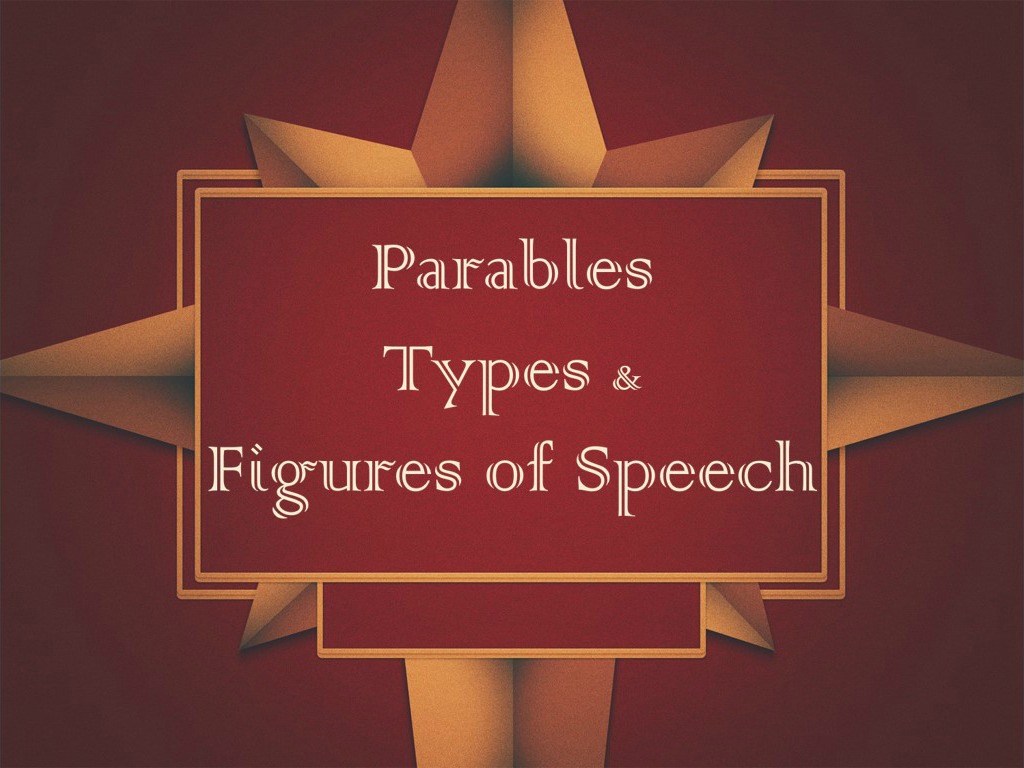To View the Outline, Click Here
To View the PowerPoint, Click Here
In order to understand and interpret the Bible correctly, the student of the Bible must be familiar
with the various expressions and figures of speech in the Bible. We shall make no attempt to give
an exhaustive study of these, but rather just to mention some of the more common ones.
- PARABLE:
A parable teaches a spiritual truth by analogy from a natural situation. The word “parable”
implies a “placing along side of” for purposes of comparison. The essential element of a parable
is the spiritual lesson to be taught.
A parable is an earthly story with a heavenly meaning. It may or may not be a true story. A
parable is an extended simile.
Jesus gave us the reason why He taught in parables: “And with many such parables spake he
the word unto them, as they were able to hear it. But without a parable spake he not unto them”
(Mark 4:33-34).
There were two reasons why parables were used: 1) To make truth known to the sincere disciple
of our Lord who really does desire to understand; and 2) To hide the truth from the idly curious,
the one who really does not desire to understand.
Because of this, we need spiritual wisdom and divine revelation in the interpretation of a
parable. It is important to relate the story to the background of social customs of that time. It is
necessary to understand how much of the parable was interpreted by the speaker or by the
context.
We should not try to establish any doctrine on a parable. However, the parable can throw light
on the doctrine. Remember, it was meant to be an illustration of a truth.



